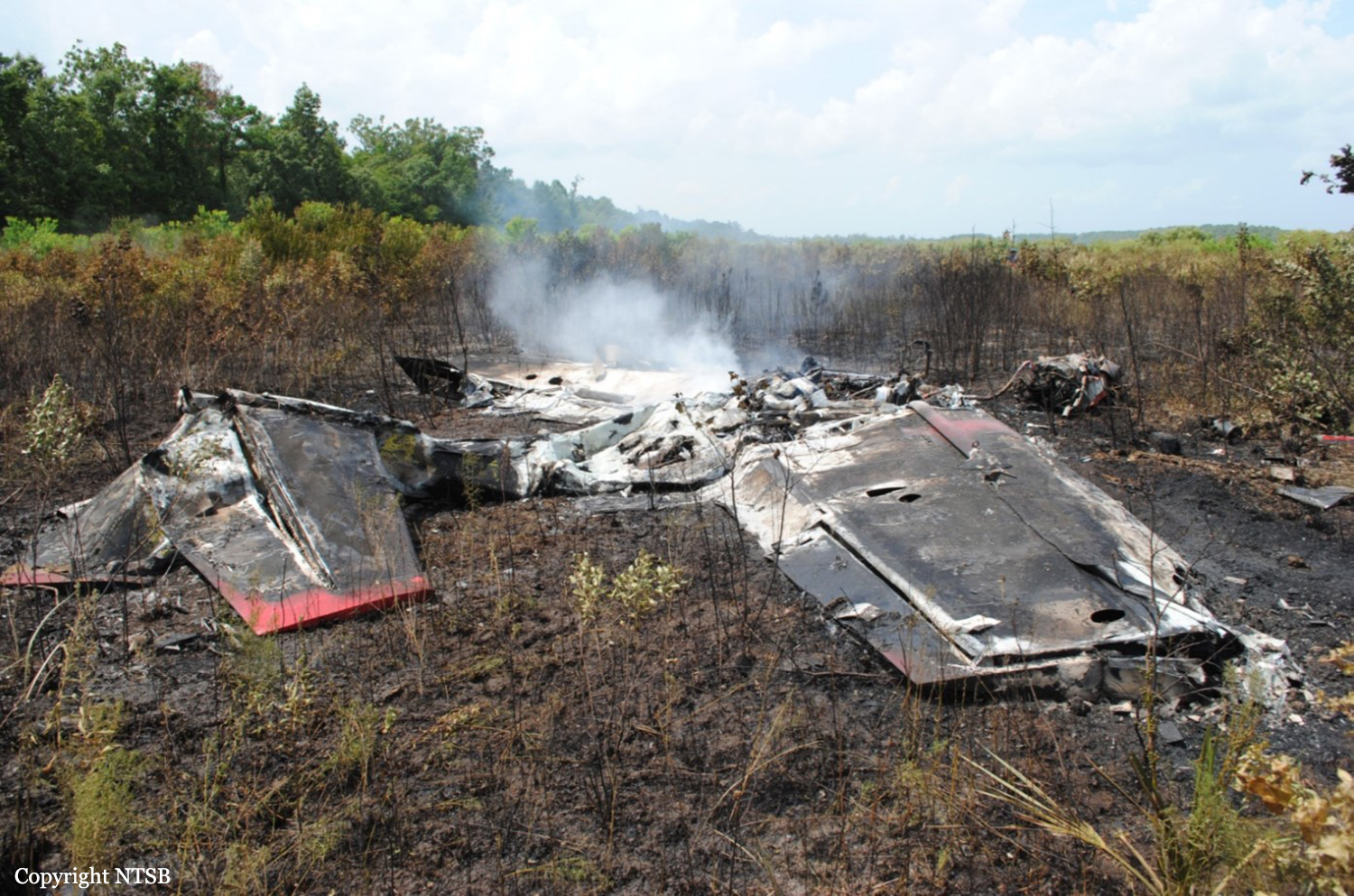Crash of a Comp Air CA-8 in Mount Pleasant: 1 killed
Date & Time:
Jul 19, 2010 at 1400 LT
Registration:
N882X
Survivors:
No
Schedule:
Merritt Island - Mount Pleasant
MSN:
0281020
YOM:
2003
Crew on board:
1
Crew fatalities:
Pax on board:
0
Pax fatalities:
Other fatalities:
Total fatalities:
1
Captain / Total hours on type:
5.00
Aircraft flight hours:
150
Circumstances:
The pilot was conducting the first leg of a positioning flight in an experimental, amateur built, tail-wheel turboprop airplane. During landing, the airplane touched down to the right of the runway centerline and departed the right side of the runway. The pilot then added engine power to attempt an aborted landing. The airplane lifted off the runway, pitched up at a steep angle, stalled, and impacted the ground. Examination of the wreckage did not reveal any mechanical malfunctions; however, a postcrash fire consumed the majority of the wreckage. The airplane's pitch trim actuator was observed in the landing position, which was the full nose-up position and would have resulted in a steep nose-up attitude during climb-out, if not corrected by the pilot. The pilot had accumulated about 1,930 hours of total flight experience; however, he only had 5 total hours in the same make and model as the accident airplane.
Probable cause:
The pilot's failure to retrim the airplane and maintain aircraft control during an aborted landing, which resulted in an inadvertent stall. Contributing to the accident was the pilot's lack of experience in the accident airplane make and model.
Final Report:





